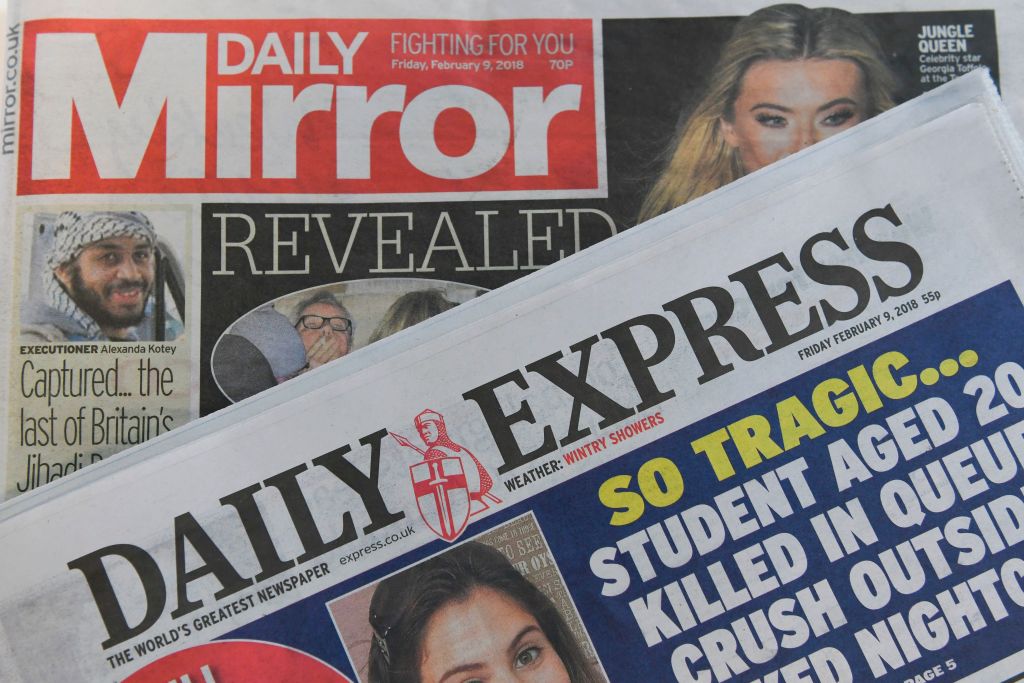Upskirting is such a pretty word: it sounds like a charming village in Yorkshire, or an olde worlde custom, like swan-upping. Actually, it is nasty, and not as new as people claim. Fragonard depicts it in ‘The Swing’ (though obviously the young man had no camera). Margaret Thatcher, who was most reluctant to wear trousers, nevertheless did so when she knew she would have to climb a ladder, because she did not trust the photographers. Upskirting has been the raison d’etre of the Sunday Sport ever since it was founded in 1986. In 1993, the Mirror published close-up pictures, taken by a concealed camera, of Diana, Princess of Wales, when working out in a gym. It paid the gym-owner, who had set up the camera, more than £100,000. Mail Online has for many years been pretty much an upskirter’s paradise, except that it usually dispenses with the skirts. The problem has spread, however, because of technology. Upskirting is the pervert’s equivalent of the selfie — easily executed, easily disseminated and half-assumed by its perpetrators to be their human right. I don’t think poor Sir Christopher Chope understood all these things when he made his lone objection to the Voyeurism (Offences) Bill in Parliament last Friday. He was merely doing the backbencher’s job of trying to stop the government taking control of private members’ bills for its own political or presentational purposes. There is a question here for my own trade. A great many social media activities — including trolling and upskirting — are democratisations of habits which used to be Fleet Street’s exclusive property. Does our outrage at them reflect our anger at losing our monopoly?
This is an extract from Charles Moore’s Spectator Notes, which appears in this week’s magazine







Comments